
Unauthorized immigration remains a defining feature of U.S. border discussions. While motivations vary, common threads link economic hardship, political unrest, and family reunification. Understanding the origins of migrants sheds light on deeper global pressures. Read on to explore ten countries often linked to unauthorized migration—and uncover why these journeys continue to cross both time and borders.
Mexico
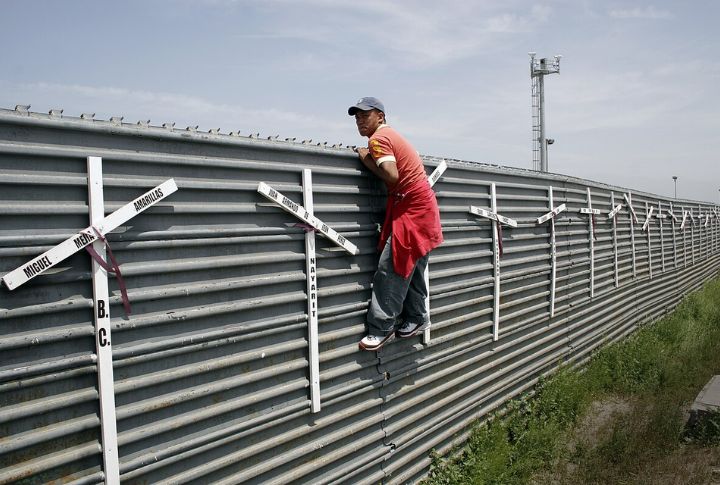
Sharing a long border with the U.S., Mexico continues to be the primary source of unauthorized immigration. Many migrants are driven by hopes of better economic opportunities or the chance to reunite with family. Entry happens through a mix of official crossings and unregulated paths. Visa overstays add to the numbers, keeping Mexico at the heart of America’s immigration conversation.
Guatemala
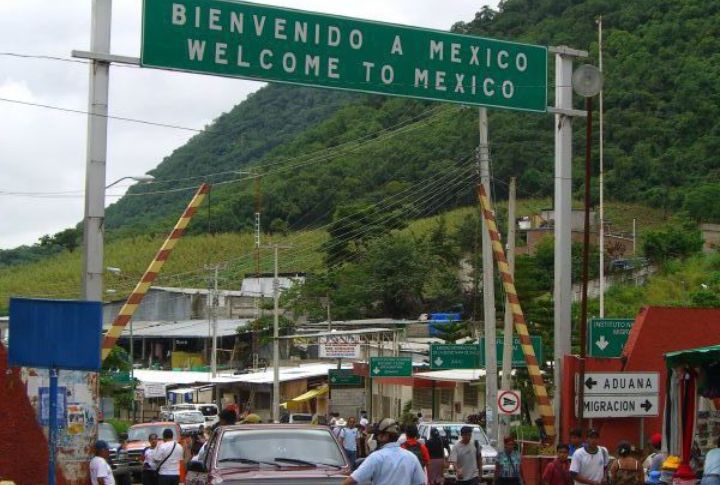
Economic struggles and safety concerns drive many Guatemalans northward. Traveling through Mexico, they often face long journeys before reaching the U.S. The desire for employment and stability fuels this migration. Families rely on remittances sent from the U.S. as a support system.
Honduras

Honduras has a significant share of unauthorized immigrants in the U.S. Limited local opportunities and security issues motivate migration. Routes typically cross Guatemala and Mexico. These travelers seek better livelihoods, reflecting ongoing social and economic challenges in their home country.
El Salvador

El Salvador’s citizens frequently migrate without authorization, influenced by economic hardship and violence. Their path to the U.S. usually involves multiple border crossings through Central America. Many migrants intend to support their families back home through work and remittances.
Brazil
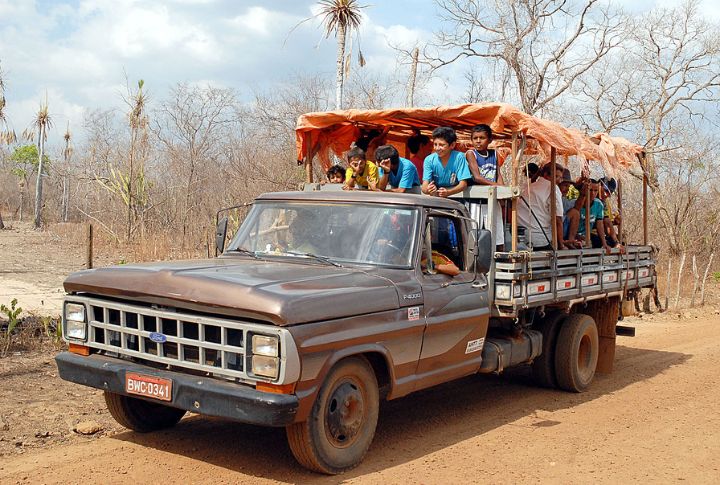
From South America, many unauthorized migrants from Brazil embark on long overland journeys, crossing several countries to reach the U.S. border. Driven by economic hardship and regional instability, their migration highlights broader patterns that extend well beyond Central America.
Cuba
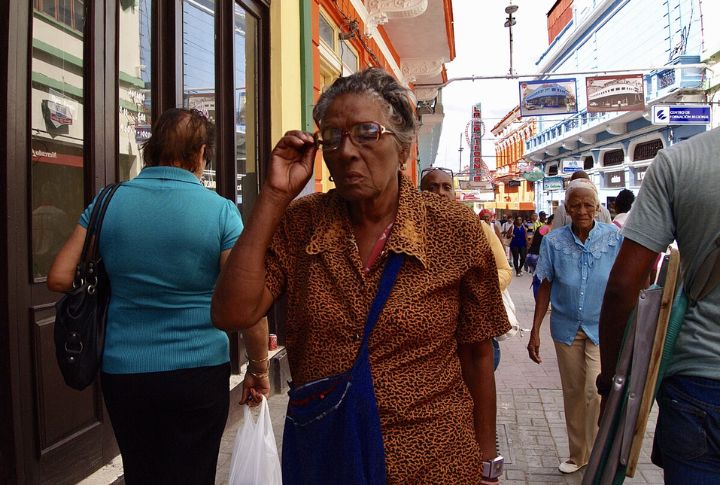
Cuban migration is characterized by unique factors, which include sea travel and visa overstays. Historical ties and geographic proximity have sustained a steady movement toward the U.S., shaping both migration policies and bilateral relations.
Nicaragua
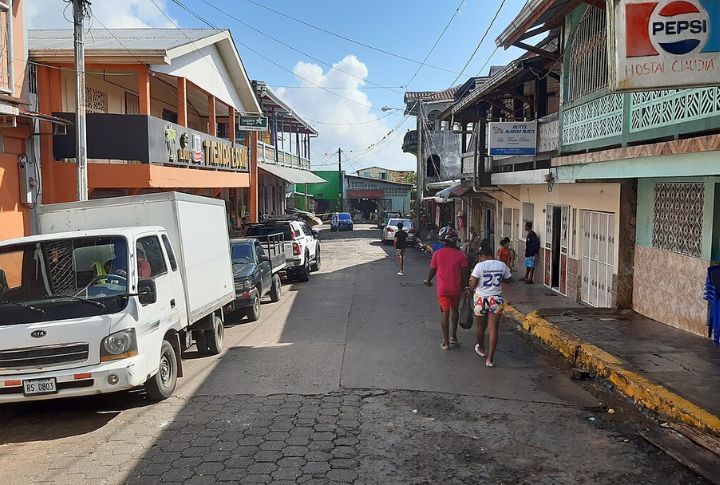
Political unrest and economic difficulties have led many Nicaraguans to migrate irregularly. The journey through neighboring countries is arduous, reflecting broader regional instability and the search for improved opportunities.
Haiti

Haitian migrants are frequently pushed to leave due to political unrest and natural disasters, and this leads many to take irregular routes to the U.S. Once here, established Haitian communities offer support and help newcomers navigate the challenges of resettlement and integration.
Venezuela

Venezuelan migration has surged due to the country’s severe economic collapse and ongoing political crisis. Many undertake complex journeys through several countries to seek refuge and employment, with the U.S. being a major destination.
Colombia
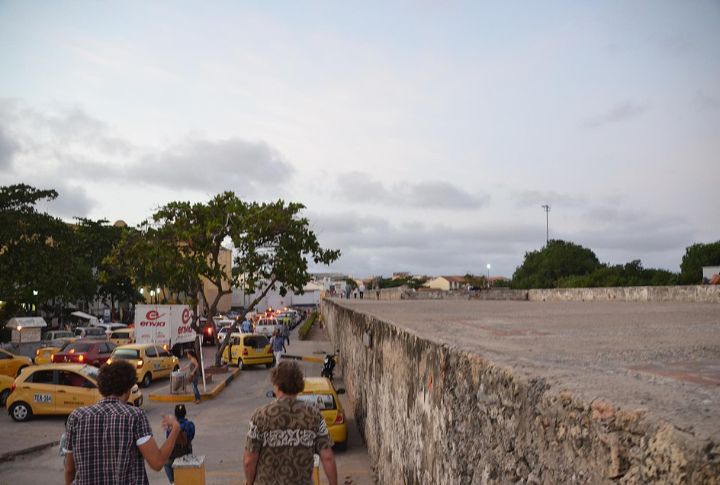
Colombians seeking to escape economic and social difficulties often travel through Central America, sometimes entering the U.S. without authorization. Their migration paths reflect persistent challenges and the quest for safety and stability.

